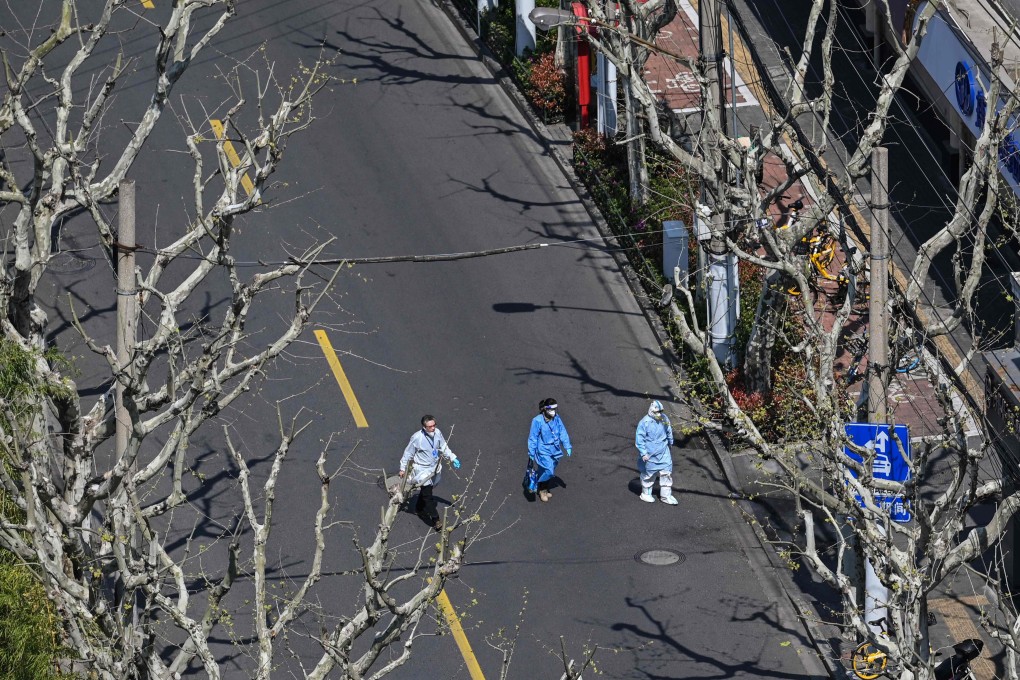My Take | Why China’s ‘dynamic zero’ battle against Omicron will be a Pyrrhic victory for Shanghai
- Shanghai will contain the current wave – just like Wuhan and Shenzhen did – but the cost will be much higher given the city’s size, sophistication and overseas links
- While the city has not reported any direct deaths from Omicron, there are several anecdotes of people who died due to lack of access to medical services

China has doubled down on its “dynamic zero” policy to deal with the Omicron outbreak in Shanghai by extending a de facto citywide lockdown and flying in medical staff from around the country to help curb the spread of the virus.
It is astonishing for many to watch what is happening in Shanghai, a metropolis of 25 million, at a time when most countries in the world are trying to put Covid-19 behind them. It seems that Chinese authorities are determined to view Omicron as deadly as previous variants, even though the medical data – including China’s own official data – says otherwise.
It is sad to see that Shanghai, which tried to find a balance between bringing infections to zero and minimising impact on normal life, has “failed” in its experiment. This has sent a strong message to the rest of the country that nothing should be left to chance when dealing with Omicron.
Towns and cities across China are rushing to impose strict travel restrictions and lockdowns as soon as new infections are reported, fragmenting the country. In one extreme case in the Nanhe district of Xingtai, an area with 3 million residents, local authorities imposed a lockdown as a “drill” when there were actually no infections.
Shanghai will be able to contain the current wave – just like Wuhan did two years ago and Shenzhen did recently. But the cost of achieving a dynamic zero in Shanghai will be much higher given the city’s size, sophistication and extensive links to the outside world.
Economic losses from the lockdown of Shanghai, the commercial and financial capital of China, could be much greater than from the lockdowns of Wuhan or Xi’an. Even if Shanghai can resume normal economic and social life within a short period of time – let’s say before April 11 – the damage could be huge.

It was the fear of paying such a steep price that made Hong Kong’s government eventually decide to avoid a citywide lockdown and mass testing. But in mainland China, Shanghai’s final resort to lockdowns and mass quarantines indicate that this approach will remain the default option for China for dealing with Omicron for the foreseeable future, and that will hurt private investor confidence as interruptions become more frequent and unpredictable.
